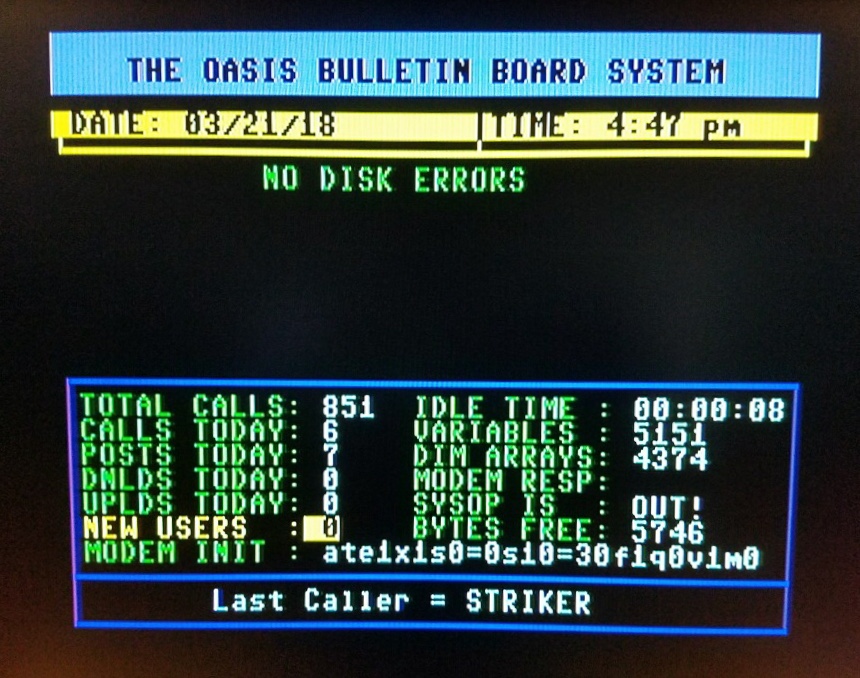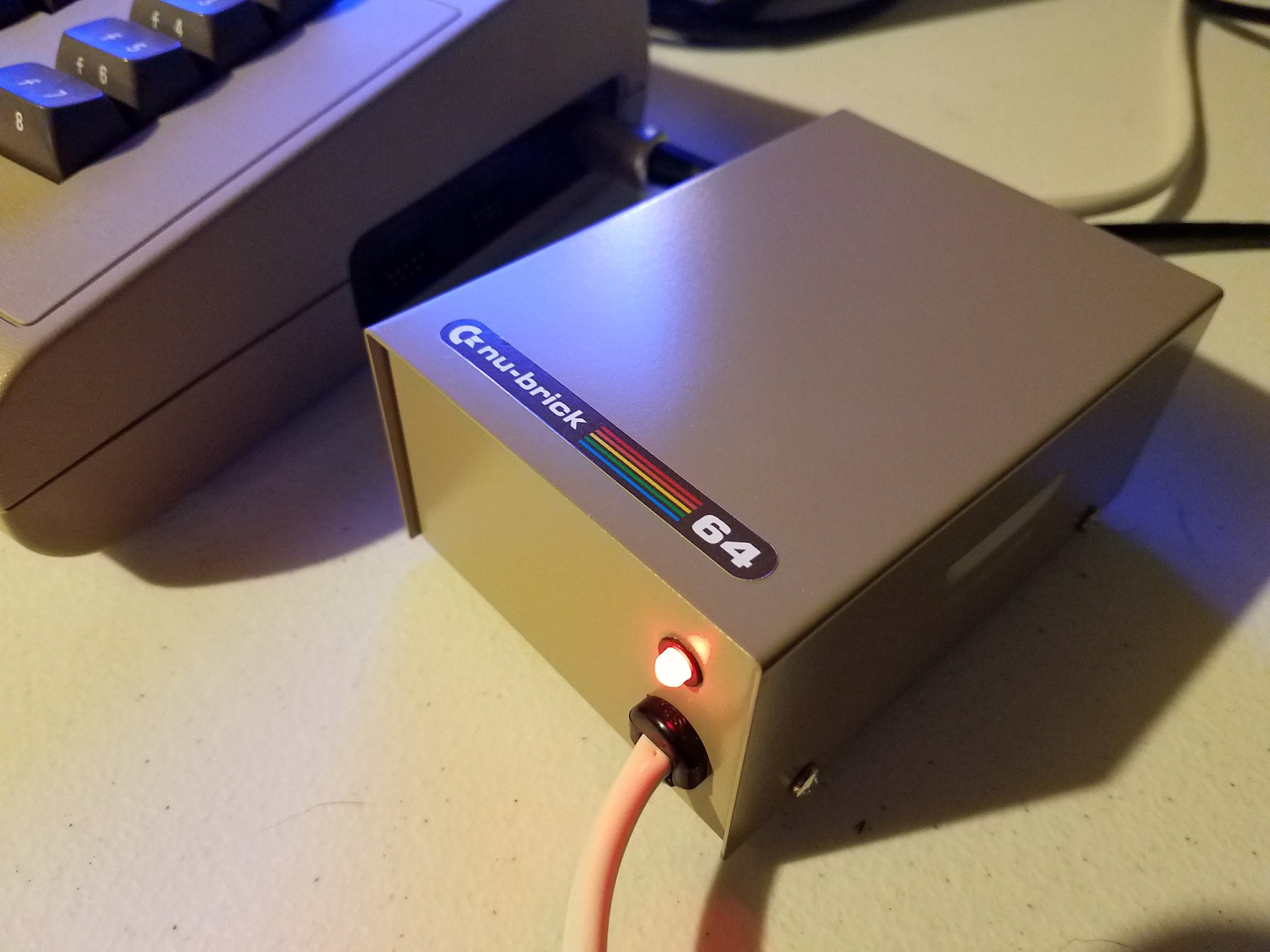The Retro Collective’s latest video features veteran game developer Stuart Poole, who shares over 30 years of experience in the industry. In this candid talk, Stuart walks through the game development process, detailing how production has evolved, how teams operate today, and what it really takes to bring a title from concept to release.
From QA to Executive Roles
Stuart’s career began in the mid-1980s with early work for MicroProse, followed by stints at Ocean, Climax, Pivotal, Realtime Worlds, YoYo Games, and more. Starting in QA gave him a solid foundation, exposing him to every stage of development. Over time, he moved into design, production, and executive positions, working across PC, console, mobile, VR, and emerging platforms.
His career path also highlights how industry entry points have shifted. In earlier days, opportunities often came through personal contacts and passion projects. Today, specialized education, internships, and structured hiring pipelines are more common.
How Teams Have Evolved
Stuart uses console generations as milestones to explain team growth. In the PlayStation 1 era, a core team might be 5–15 people. By the PlayStation 4 era, large-scale projects could involve hundreds. Specialization has expanded to cover roles like physics programmers, economy designers, live ops managers, and data analysts—jobs that didn’t exist in the early days.
He notes a personal “sweet spot” for team size: around 20–30 people. This range balances efficiency with manageable communication, avoiding the heavy management layers that larger teams require.
Key Departments and Roles
Modern game development relies on five core pillars:
- Programming: From gameplay logic to AI, rendering, and platform integration.
- Art: Concept artists, animators, VFX specialists, and technical artists bridging art and code.
- Design: Gameplay systems, level design, balancing, and narrative.
- Production: The glue holding it all together, ensuring milestones, quality, and budget targets are met.
- Audio: Sound designers, composers, and voice directors—often overlooked until late in production but critical to the player experience.
Outsourcing and co-development have become standard, with external teams handling content spikes like large batches of character models or environment assets.
The Game Development Process
Stuart breaks production into clear stages:
- Concept: Define the core idea, research competitors, and produce a pitch deck.
- Pre-Production: Create design and technical documents, set schedules, and prototype risky elements.
- Production: Build the game’s content and systems, with regular milestone reviews.
- Alpha: Achieve feature completeness, even if placeholders remain.
- Closed Beta: Content complete, invite-only testing to gather feedback.
- Open Beta: Public testing to refine balance, performance, and features.
- Launch: Full release with marketing push, day-one patches, and platform distribution.
- Live Ops: Post-launch updates, DLC, seasonal content, and community engagement.
Tools, Methodologies, and Industry Shifts
While early studios built their own engines, the shift to commercial engines like Unreal and Unity has lowered technical barriers and sped up development. Stuart notes both pros and cons—while you gain decades of engineering work instantly, deviating far from an engine’s intended strengths can be challenging.
Methodologies vary from Waterfall, with detailed long-term planning, to Scrum, emphasizing shorter, iterative sprints. Most studios now use a hybrid approach.
He also touches on AI’s growing role in tasks like concept art and code prototyping—something developers must adapt to rather than resist.
Lessons from a 30-Year Career
When asked if he’d do it all again, Stuart says yes—though the industry is far more volatile now. For him, the rewards have been worth the challenges, from creative freedom in small mobile projects to large-scale production on major franchises.
The conversation is a rare chance to hear a seasoned insider break down not just the creative vision, but the operational realities behind making games.







